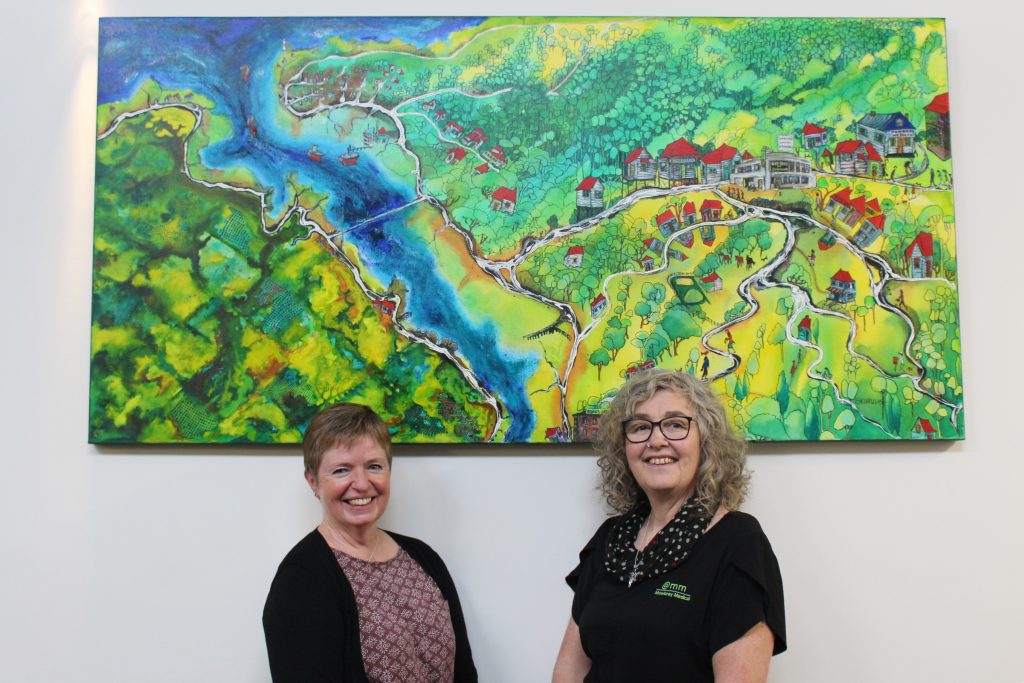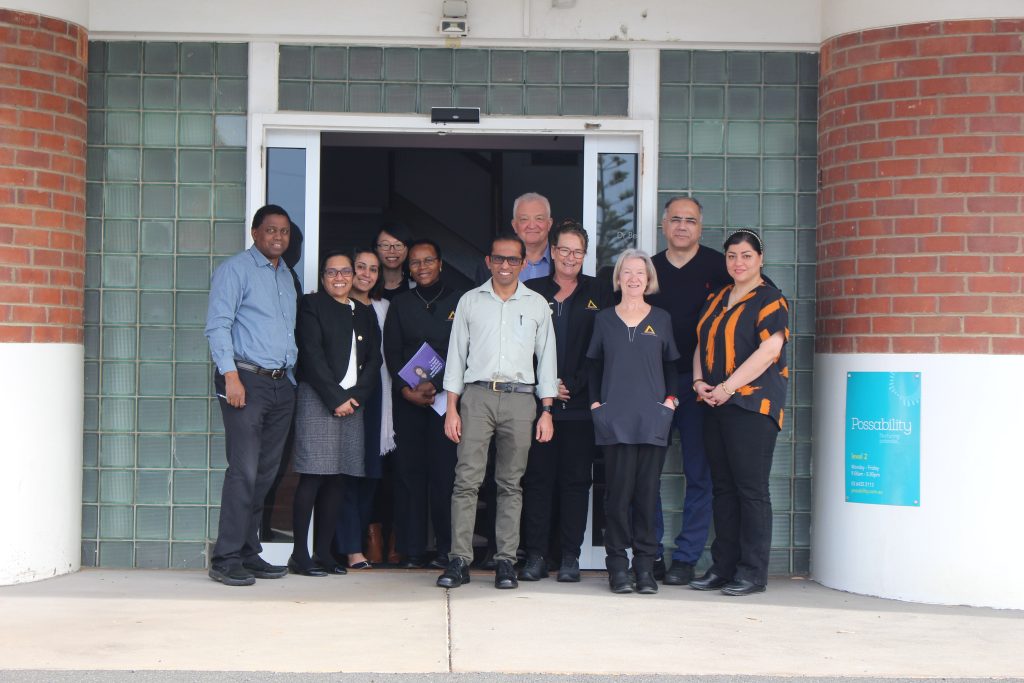Culturally competent care through connection
Posted on August 8, 2025

How two general practices are breaking barriers and enhancing health care for Tasmanian multicultural communities.
In Tasmania, the importance of providing health care that respects and understands the cultural diversity of its residents is becoming more apparent.
With an increasing number of residents who were born overseas and speak languages other than English at home, general practices like Southside Family Medical in South Burnie and Mowbray Medical in Launceston are at the forefront of adapting their services to meet a broad spectrum of needs.
These case studies not only highlight innovative practices but also serve as useful examples for other medical practices looking to enhance their services and provide culturally competent health care.
Mowbray Medical
Mowbray Medical in Launceston caters to one of northern Tasmania’s most diverse areas, with nearly 20% of the population born overseas in 2021 —a 41% increase from 2016. This includes an increase in people born in China, India and Nepal, with nearly 4% born in Nepal.
The clinic sees a range of patients, including university students and staff, and people from refugee and migrant backgrounds.
“We feel it important to be open and positive at reception, to make all our patients feel welcome and improve the outcome of all interactions,” says Dr Jane Hampson, a GP at Mowbray Medical.
“Health literacy can be low, both in body systems and in health services.
“Health beliefs can be surprising sometimes and require patience to understand and explain.”
Staff at Mowbray Medical access the Translating and Interpreting Service (TIS National) for free when seeing patients with limited English.
The dominant languages spoken in the area other than English include Nepali, Punjabi, Urdu and Gujarati, with nearly a fifth of the community speaking a language other than English at home.
However, Jane acknowledges challenges such as lengthened consultations due to the use of the TIS service and nuances that can be lost in translation.
Noting this, the clinic also uses a range of translated and pictorial resources and videos to aid understanding, especially where health literacy may be low.
“Consultations are lengthened by use of the telephone TIS service as conversations are repeated or nuances can be lost,” Jane says.
“Interpreters may not always be available for less common languages.
“There are more support workers available now who speak Nepali, which is good. This is very dependent on a large population of people who speak that language. Some small groups have too few people to provide this service.”
Mowbray Medical has made several changes to accommodate its diverse patient base, including using phone reminders for all appointments, posting letters with information so these can be translated, and bulk billing antenatal care for all patients.
“Our clinic learnt as we went with regards to working with multicultural Tasmanians,” Jane says.
“Being open to and respectful of cultural differences and understandings about health care is crucial.”

Southside Family Medical
At Southside Family Medical in Burnie, the commitment to providing culturally sensitive health care shines brightly in a community rich with linguistic diversity.
The practice is home to nine GPs who between them speak and consult in an impressive array of 16 languages including Ndebele, Zulu, Shona, Xhosa, French, Polish, Cantonese, Mandarin, Sinhala, Tamil, Urdu, Pushtu, Punjabi, Farsi/Persian, and Turkish.
This linguistic capability is pivotal in a region where – according to the Burnie City Council – over 23 languages are spoken.
The clinic has implemented several strategic practices in response to its multicultural patient base.
It has updated its new patient registration form to include fields for country of birth and preferred language, which assists in the diagnostic process and helps identify when an interpreter might be necessary. It has also created a fact sheet explaining why these questions are asked, and trained staff to answer questions relating to this.
Additionally, the practice ensures all GPs have their own Translating and Interpreting Service (TIS National) code needed to access the service, as well as training in use of the service.
Senzeni Bulle, the practice manager at Southside, emphasises the importance of these adjustments.
“We need to be open to learning on the fly with each presenting situation as pain and healing thresholds may be quite different … and to be aware of possible cultural issues whose different interpretations may impede healing and recovery,” she says.
“We promote the online training on TIS National and how to access it using the resources on the TIS National website.
“We are also looking at having a translated after-hours recorded message which can be available in key languages, with information on how to make an appointment or access after-hours care.
“There is often a need for more patience and effort as it may take time to get the message across and to build the necessary trust or help navigate the health system.
“It is a very rewarding experience given the difference made as the wider community tends to benefit.”
Want to know more? Visit tasp.hn/multicultural-health-resources
Primary Health Tasmania’s support for multicultural Tasmanians
Primary Health Tasmania supports healthcare services to adapt to the needs of multicultural Tasmanians. Initiatives include:
- publishing a guide to support primary care professionals in engaging interpreting services for patients where there are language barriers
- offering a checklist to support general practice staff providing care to multicultural Tasmanians
- providing targeted training on cultural competence and working with interpreters
- promoting video resources and podcasts providing practical information.
This story features in Issue 20 of our Primary Health Matters magazine. Click here to read the rest of the issue
